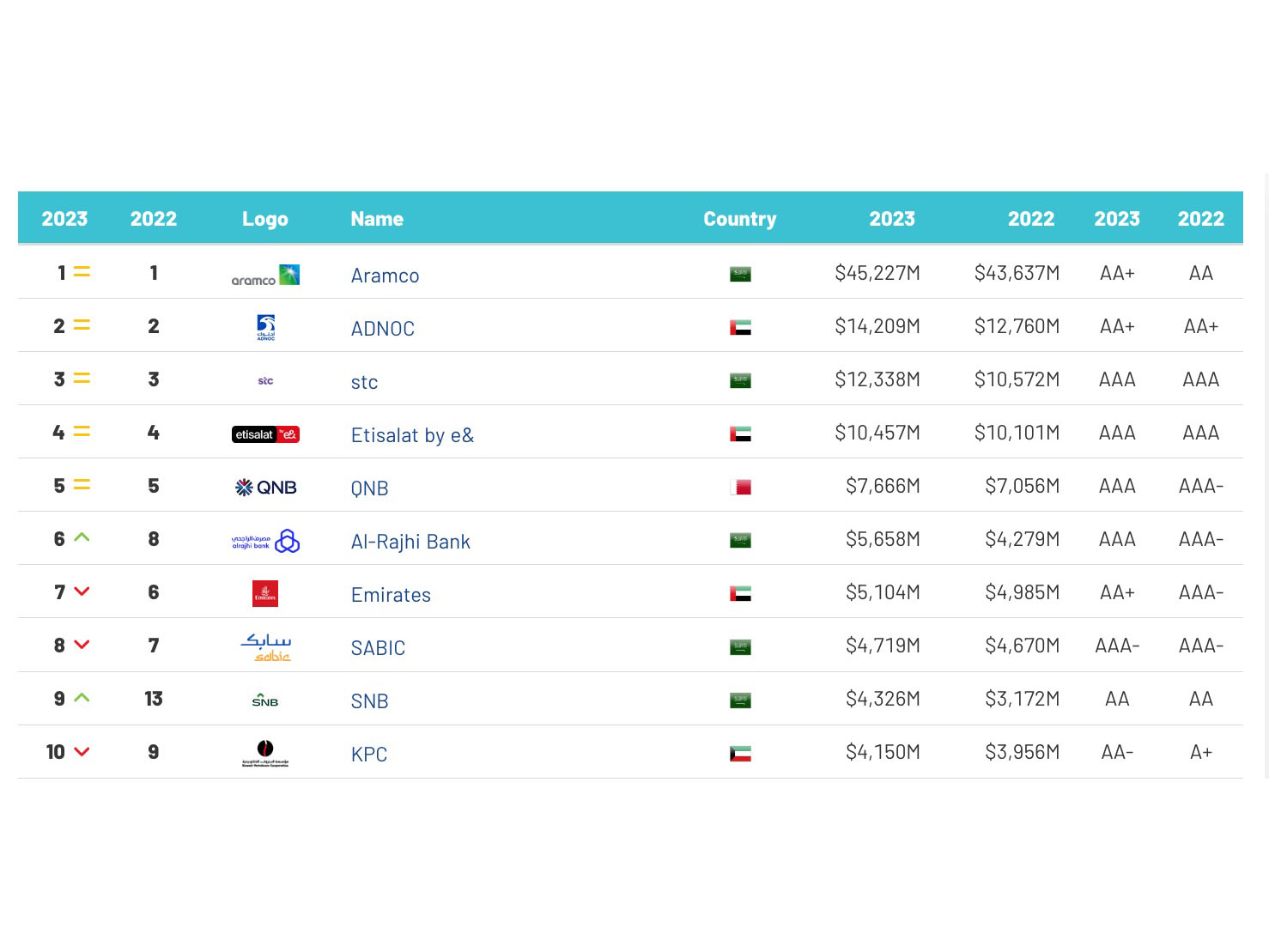News - Digital/Tech
Building a sustainable and impactful addressable advertising strategy through inventory curation
by Amelie Grenier-Bolay
September 30, 2022
.jpg) Advertisement
AdvertisementThe way advertisers connect with consumers is constantly evolving. Now is the moment for media buyers to thoughtfully rethink the fundamentals of audience targeting to allow time to test, learn, and optimise in order to accommodate forthcoming changes to the privacy landscape. Advances in multi-screen programmatic advertising technology, changes in data protection legislation, increased consumer concerns over privacy, and an increasingly fragmented digital advertising ecosystem is forcing advertisers to rethink audience targeting strategies. What is emerging is a highly adaptable approach to cross-screen media planning.
The programmatic advertising industry consistently delivers greater efficiencies in digital media buying. However, as the online population and volume of content continue to grow, supply paths are becoming increasingly fragmented resulting in increased complexity, loss of control, reduced efficiency, and lower level of trust in programmatic. To address these challenges media buyers are turning to solutions such as auction packages that not only bridge the gaps in current programmatic buying methods but also add significant value. In addition, media buyers are embracing a portfolio of audience addressability strategies with an emphasis on the use of first-party customer data, identifiers, and contextual targeting across a balanced mix of screen types.
What are auction packages? An auction package is a collection of open marketplace inventory specified by targeting criteria set by a media buyer or a supply-side platform (SSP). The targeting is applied at the SSP level and passed via a deal ID, which typically represents a multitude of domains.
For who? Auction packages are ideal for buyers who want more control and transparency when buying open market inventory. The advanced targeting options enable media buyers to increase the efficiency of programmatic campaigns by targeting consumers across inventory via verticals, audience, or other demographics at scale. Furthermore, the bespoke nature of auction packages means that they are 100% transparent.
Key benefits:
- • Efficiency - An immediate option to target pre-built audiences across multiple publishers, transacted on a single deal ID that can be tracked and reported against commercial agreements
- • Control - Buyers can select the publishers, audiences, and environments they wish to target without compromising on scale, within a single deal ID for added control
- • Transparency - Built across open market inventory with fully transparent set-ups and reporting
- • Quality - Curated omnichannel inventory across many of the world’s premium publishers
- • Scale - Layering data from platforms onto auction packages enables advertisers to extend campaign reach across all channels
The value of moving targeting to the supply-side
Traditionally targeting has been activated on the demand-side, but evolving privacy regulations, continued technology consolidation and the growth of private marketplace (PMP) executions are causing this to change. Today, media buyers are bringing their data to the supply-side and experimenting with multiple supply-side targeting approaches (for example, ID targeting, contextual targeting, and third-party data targeting) for improved efficiency and higher visibility into campaign planning.
As publishers activate their own data and invest in more complete data strategies, media buyers are able to work more closely with supply-side partners to gain a richer view of their audience.
A key consideration for buyers looking to implement supply-side targeting is to understand how to combine information from multiple sources, including first-party data, authenticated publisher data, universal IDs, and segments from other third-party data marketplaces. When looking at different options it is vital that the primary goal of improving targeting across all screens is always top of mind.
Best practises
We know that media buyers require custom strategies to address different combinations of channels, identifiers user types, and different ways of handling data.
PubMatic has recently released a new whitepaper ‘Media Buyer’s Guide to Impactful Action Packages’ where you can find a matrix that enables you to evaluate your approach to activation based on the channels you use, your targeting requirements, your approach to creative, and the data available and applicable to your individual campaigns.



.jpg)










